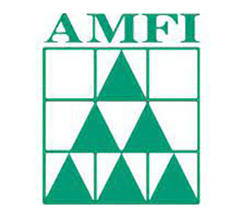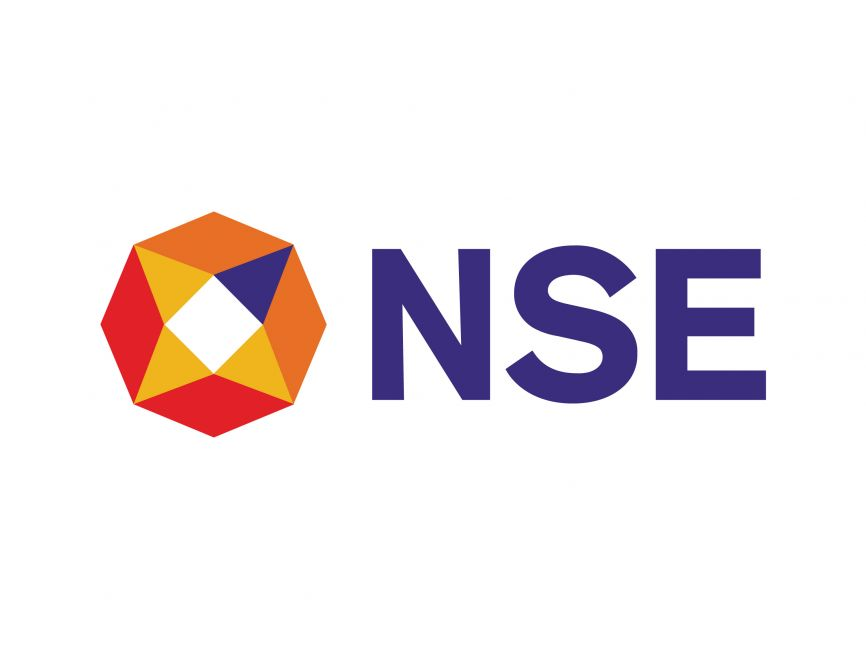| Pooling of funds |
Pooling of funds is the essence of this kind of investment model. |
Funds are not pooled, and investors have separate Demat accounts |
| Number of Investors |
The maximum number of investors to any AIF scheme cannot exceed 1,000 |
There is no cap specified on the number of investors |
| SEBI-mandated minimum investment amount |
Rs. 1 crore |
Rs. 50 lakhs |
| Minimum corpus |
A minimum corpus of Rs. 20 crore is required. For Category-I angel funds, Rs. 10 crore is necessary. |
No corpus amount requirements |
| Types |
AIFs are grouped into three - Category I, II, and III, depending on where the funds are invested. |
PMS are of two types; discretionary and nondiscretionary based on the authority of the fund manager. |
| Tenure |
Category-I and II AIFs have a minimum tenure of 3 years and a maximum of 5 years. The minimum term is extended when two-thirds of investors by value approve it. CategoryIII funds have no minimum tenure. |
No fixed tenure for securities |
| Taxation |
Two factors impact the taxation of an AIF: Classification of the fund into one of the 3 categories andLegal form of the fund. SEBI regulations permit an AIF to be set up in the form of a trust, or a company, or a limited liability partnership or a body corporate. |
Equity PMS - Short term capital gains (before 1 yr) will be taxed at 15% and any long term capital gains will be taxed at 10% (after 1 lakh limit per financial year) without indexation benefits. Debt PMS - For listed securities, you have the benefit of long-term capital gains taxation, after 1 year, 1 day as compared to three years in debt mutual funds |


